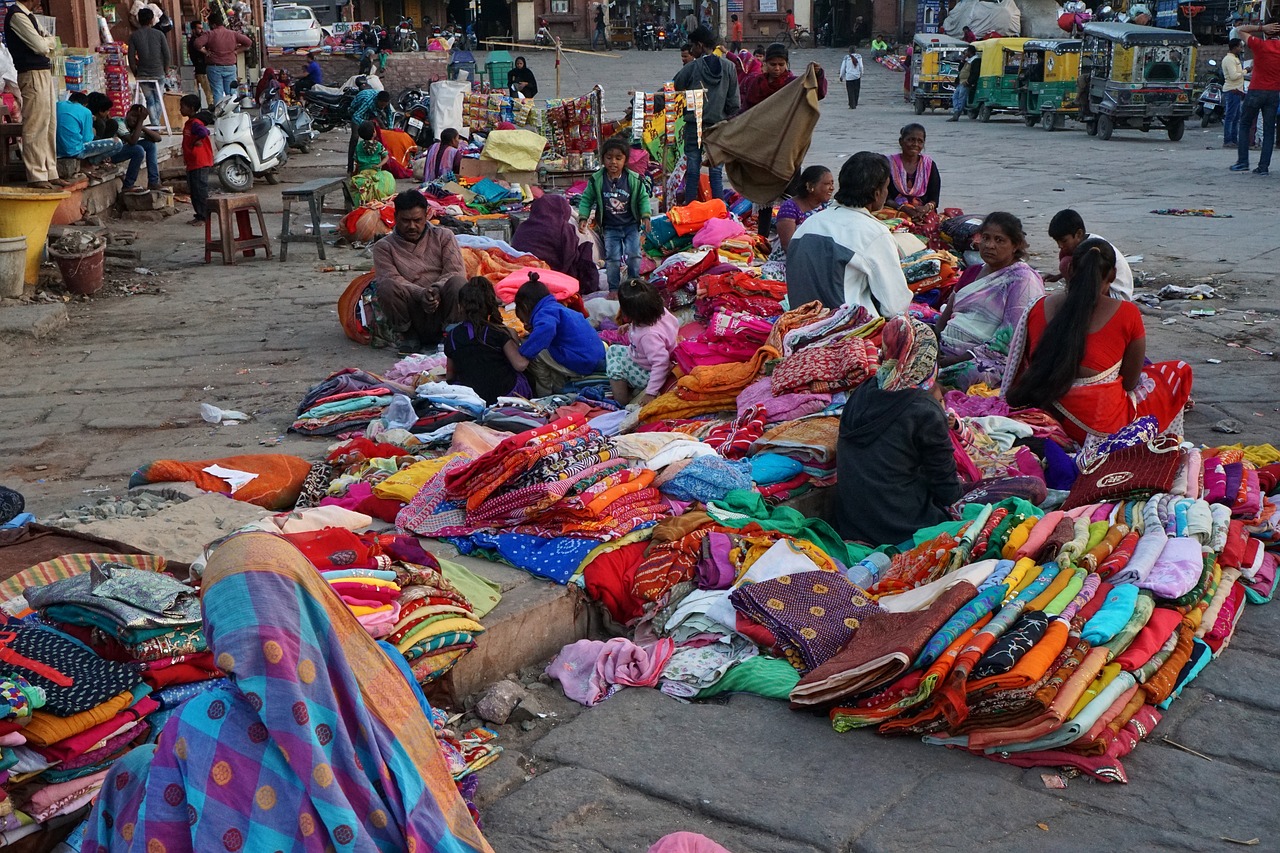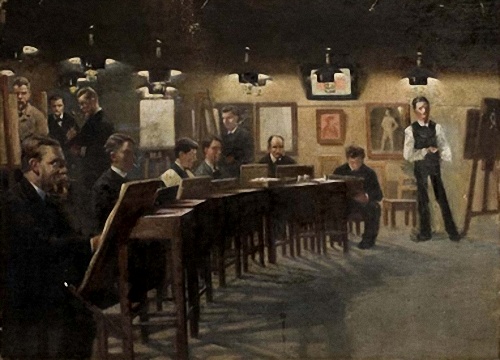The Politics of Identity and Mimetic Constructions in the Philippine Transnational Experience
By Sharon Orig
Volume 6, Issue 1, pages 49-68
Abstract
As Filipinos traverse transnational space, the Filipino ethnic identity becomes enmeshed in a politics of identity. Filipinos witness how their identities are eroded, subordinated and, sometimes, corrupted. Identity politics relegates Filipinos to second-class citizens whenever other nationalities view Filipinos as racially inferior or as they sexualise and objectify the Filipino image. Racial prejudice at large may lead Filipinos to expunge their own ethnic identity and crave for an identity that is not their own. Identity issues are therefore relevant to Filipino migration. When reflecting on identity politics, it is crucial to consider the unique experiences relevant to a people’s race and nationality. Literature has the capacity to take snapshots of the ethnic and nationalistic experience and transpose them into creative writing. These writings inevitably reflect the interplay of politics, nationalism, and ethnic identity in the migrant experience. Migration narratives thus become important in unearthing the identity politics that transpire on a global scale. This paper describes some of the issues concerning Filipino ethnic identity in global transnationalism as established from three contemporary narratives.
Read the full article here.



